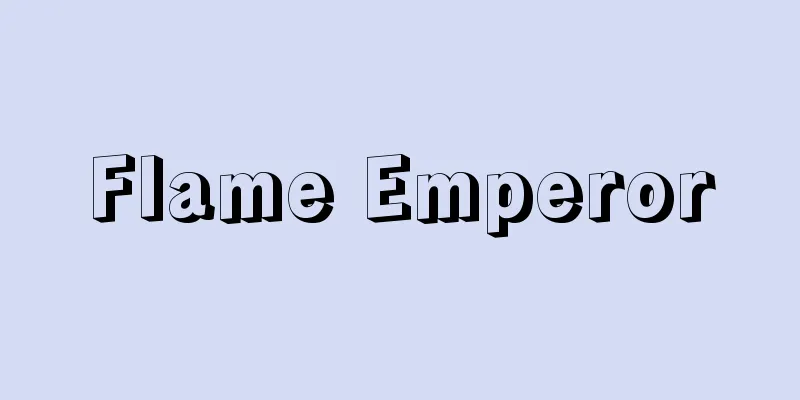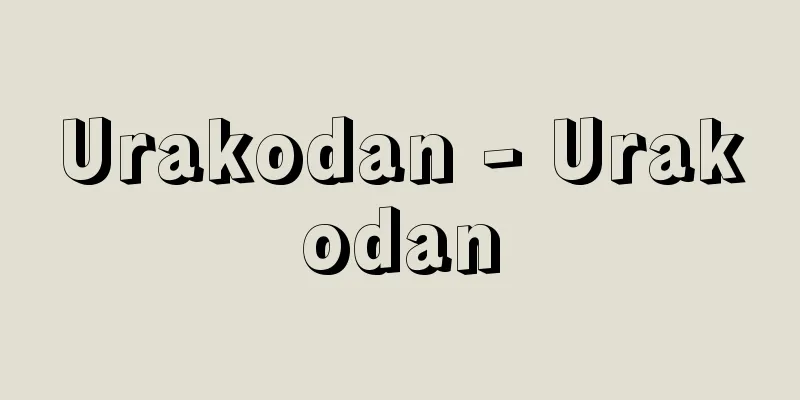Chernobyl Nuclear Disaster - Chernobyl Nuclear Disaster

|
On April 26, 1986, a nuclear reactor explosion and fire occurred at the Chernobyl Nuclear Power Plant in Pripyat City, northern Kiev Oblast, Ukraine (former Soviet Union). The number of casualties, the amount of radiation released, and the damage to the reactor were all unprecedented, making it a major accident of level 7 on the International Nuclear Event Scale (INES). The affected reactor was Unit 4, which, like the other three, was a graphite-moderated, light water boiling cooled type with an electrical output of 1,000,000 kW (thermal output of 3,200,000 kW). According to a report submitted by the Soviet Union to the International Atomic Energy Agency, the accident was due to a human error that rendered the reactor nuclearly and thermal-hydraulically unstable, significantly reduced the emergency shutdown function, and bypassed the safety protection signal (scram signal) to begin testing, but it was also said that the emergency shutdown function of the reactor itself was insufficient. The accident killed 31 people and injured 203 (only power plant employees and firefighters, not including ordinary citizens). More than 130,000 people within 30 km of the accident were evacuated, but the collective dose of the Soviet people was estimated to be about 9 million rem from external exposure alone, and to reach about 29 million rem over the next 50 years. After the accident, high levels of radioactive contamination were observed in European countries, and radioactivity was also detected in a wide area of the Northern Hemisphere, including Japan. Areas contaminated by cesium-137, which has a long half-life, spread widely to Belarus and Russia. In 1989, Belarus decided to relocate about 110,000 residents from areas contaminated with more than 15 curies per km2 , but the area with the same level of contamination in the three republics combined is 10,000 km2 and 290,000 residents. Over time, there have been frequent cases of cancer, including thyroid cancer and leukemia, and deformed livestock, which led to long-term international medical and relief efforts. After the accident, the No. 4 reactor was encased in concrete to prevent radiation leakage and turned into a "sarcophagus," but as cracks grew and there was concern that it might collapse, the Ukrainian government and Western countries agreed in 1997 to renovate it. There are plans to reinforce it and to create a second "sarcophagus" with a double covering, but due to financial difficulties and other factors, a quick solution is considered difficult. On December 15, 2000, the No. 3 reactor, the only one in operation since the accident, was shut down, and the Chernobyl Nuclear Power Plant was completely closed. The accident made people realize once again the dangers of nuclear power generation and had a major impact on the trend toward denuclearization in European countries. The Fukushima Daiichi Nuclear Power Plant accident on March 11, 2011 attracted worldwide attention due to the comparison of the two accidents, and in Japan in particular, the damage caused by radioactive contamination since the accident and the measures to deal with it have attracted attention. →Nuclear power generation→Related topicsAccident management | Ukraine | Nuclear power | Nuclear power management | Nuclear disaster | Nuclear industry | Nuclear power plant accident | Industrial pollution | Three Mile Island nuclear accident | Radioactive material | Radioactive contamination | Meltdown | Lapland Source : Heibonsha Encyclopedia About MyPedia Information |
|
1986年4月26日,ウクライナ(旧ソ連)キエフ州北部,プリピャチ市のチェルノブイリChernobyl'原子力発電所で発生した原子炉の爆発・火災事故。死傷者数,放出放射線量,原子炉の損傷状況など,いずれも前例のない激しさで,INES(国際原子力事象尺度)で最悪レベルのレベル7の大事故である。事故炉は4号炉で,他の3基と同じく電気出力100万kW(熱出力320万kW)の黒鉛減速軽水沸騰冷却型。ソ連が国際原子力機関に提出した報告書によれば,原子炉を核的にも熱水力的にも不安定な状態にした上,緊急停止機能を著しく低下させ,安全保護信号(スクラム信号)をバイパスして試験を開始した人為ミスによるものであるが,炉自体の緊急停止機能が不十分であることも原因とされている。この事故による死者は31人,負傷者203人(発電所従業員と消防士のみ。一般人を含まない)。周辺30km以内の13万人以上が避難したが,ソ連国民の集団線量は,外部被曝だけでも約900万人レム,今後50年間で約2900万人レムに達すると推定されている。事故後ヨーロッパ諸国で高度の放射能汚染が観測されたほか,日本を含む北半球の広い地域でも放射能が検出された。とくに半減期の長いセシウム137による汚染地域がベラルーシ,ロシアにも大きく広がっており,1989年にベラルーシでは1km2当り15キュリー以上の汚染地域から住民約11万人を移住させると決定したが,3共和国を合わせると同レベルの地域は1万km2,住民29万人に及ぶ。時の経過とともに甲状腺癌,白血病をはじめ癌の多発や家畜の奇形が現れており,国際的な医療・救援活動が長期にわたって行われた。事故後,4号炉は放射能もれを防ぐためコンクリートで固め〈石棺〉としたが,ひび割れが増大し崩れる心配があるため,1997年ウクライナ政府と西側諸国は改修に合意した。補強案や覆いを二重にする第2〈石棺〉案などがあるが,資金難などから早期の解決は困難視されている。2000年12月15日には事故後唯一稼動していた3号炉を停止し,チェルノブイリ原子力発電所は完全閉鎖された。事故は原子力発電の危険性を改めて認識させ,ヨーロッパ諸国の脱原発の流れに大きな影響を与えた。2011年3月11日に起こった福島第一原発の大事故で二つの事故の比較から同事故が世界の注目を集め,とりわけ事故後現在に至る放射能汚染被害とその対策が日本で関心を持たれている。→原子力発電 →関連項目アクシデントマネジメント|ウクライナ|原子力|原子力管理|原子力災害|原子力産業|原発事故|産業公害|スリー・マイル・アイランド原発事故|放射性物質|放射能汚染|メルトダウン|ラップランド 出典 株式会社平凡社百科事典マイペディアについて 情報 |
<<: Chernivtsi - Chernivtsi (English spelling) Черновцы/Chernovtsï
>>: Dmitrii Konstantinovich Chernov
Recommend
Coast Atlas [Mountain Range] - Coast Atlas
The Atlas Mountains are a series of small, low mo...
Stern, W.
...A branch of psychology that seeks to clarify t...
Usachevsky, V.
...They consider silence to be an important eleme...
Original Works - Original Works
...meaning "repetition." In art terms, ...
Presynaptic inhibition
…The former is because the directions of the ioni...
Svalbard [Islands] - Svalbard
A Norwegian dependency located between 10° and 35°...
FACOM
…In 1950, the company began mass production of ne...
Kiyomoto Saibei (first generation)
...Lyrics by Misaya Fumitaka. Music by Kiyomoto S...
fused cement
...Because it is a fine particle, it has a high p...
Sabellius
Sabellianism was a heresy (along with Arius) that ...
The Post-Dispatch
In 1968, he joined the German newspaper "Ves...
Endonucleases
Among the enzymes that break down nucleic acids, ...
Printing method - injisokkihoshiki
...The semi-cursive school is a compromise betwee...
Kyoogokokuji Temple
A Shingon Buddhist temple located in Kujo-cho, Min...
Warambe grass - Warambe grass
A Kyogen scripture written by Yaemon Toraakira, t...









